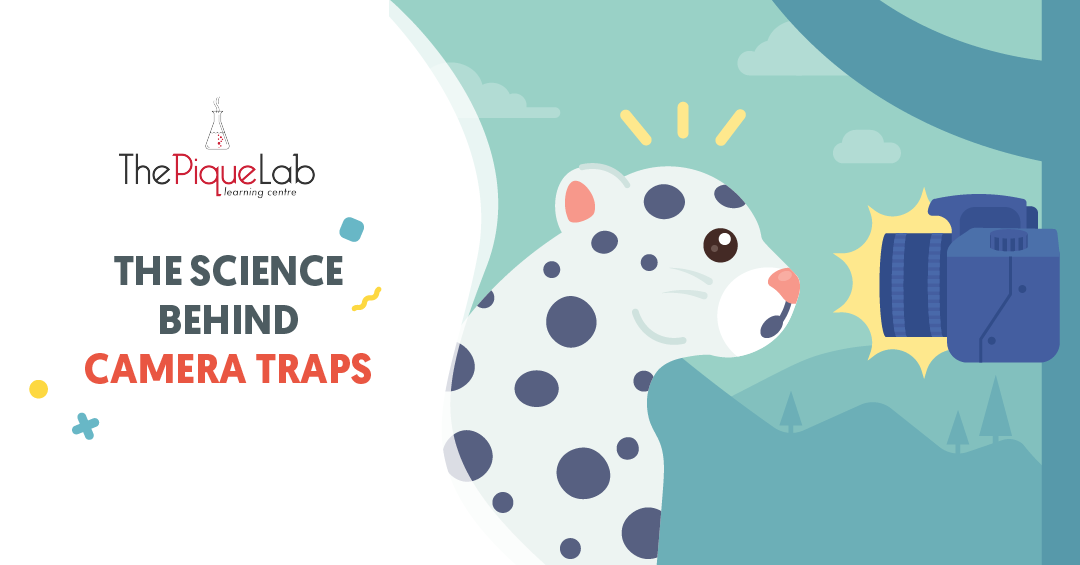Introduction
Have you ever looked at yourself in the mirror and wonder why you have double eyelids, but your sibling from the same set of parents has single eyelids?

Well, I have! I have always been amazed by how my brother from the same set of parents can have such different characteristics from me.
🌟 Fun Fact! 🌟
That’s because siblings (except identical twins) only share about half of their parents’ genetic information!
When I was younger, I also remember looking at the bony growth (bunion) beside my big toe and wonder why both of my parents do not have similar feet like mine… Years later, to my surprise, I found out that my grandmother has a similar bony growth as I do!

To have a better understanding of why the above observations occur, follow me through this article where I will:
1) Analyse a question on family tree
2) Discuss how heredity works
3) Brainstorm certain characteristics/ traits that can/ cannot be inherited!
Let’s Take A Look At This Question

Source: Singapore Chinese Girls’ School – 2021 P5 CA1 Examination Paper [Q10]
Read Also:
Thought Process
To solve the above question, we need to first know how to analyse a family tree.
A family tree consists of different shapes (usually circles and squares) connected with lines. The different shapes represent the different genders.

Let’s start off simple.

With reference to the family tree above, do you know who are these people that are labelled as “?”?
Since they are drawn one ‘level’ above you in the family tree, this means that they are one generation above you. And since they are directly connected to you, they must be your parents (refer to the diagram below)!

Let’s try something new. How about this family tree below? Do you know who is this person that is labelled as “?”?

Since the square was drawn beside you, this means that this male is in the same generation as you! Additionally, since this male is also directly connected to your parents, this male is your brother (refer to the diagram below).

Let’s increase the difficulty level a little! Study the family tree below. Do you know who are these people that are labelled as “?”?

Let’s start off with the shapes beside your father (Refer to the diagram below).

Since the shapes are beside your father, this means that they are in the same generation as your father. Who do you think they are? They are your father’s siblings!
Do you recall how you address your father’s siblings whenever you meet them during family gatherings? You address them as aunt and uncle. (Refer to the diagram below) So let’s label the two shapes beside your father as “Aunt” and “Uncle”.

What about the two shapes that are still labelled as “?” in the above diagram?

Notice that the two shapes are drawn one ‘level’ above your father, aunt and uncle, which means that they are one generation above your father, aunt and uncle!
Since the two shapes are directly connected to your father, aunt and uncle and are one generation above them, this means that they must be the parents of your father, aunt and uncle (otherwise known as your paternal grandparents), as seen from the diagram below!

🚀 Key Takeaways On How To Read A Family Tree 🚀
1. Recognise the gender of the different individuals using the shapes (circle/ square) given.
2. Determine the relationship between different individuals by looking at how the shapes are connected to each other (beside each other/above the other).
3. Identify the generation the individual is from by looking at the ‘level’ the the shapes are drawn at.
Question Analysis
After understanding how to analyse a family tree, let’s look at Pauline’s family tree once more and you can try and identify how the different individuals in her family tree are related to Pauline.


Once you are done, check your answer with the family tree below! Did you manage to get all their relationships to Pauline correct?

Analysis For Part (A)
Now you know who’s who, let’s look at part (a) of the question.
“(a) Pauline inherited Characteristic P from her aunt”.
To find out which individuals have characteristic P in Pauline’s family tree, let’s look at the key given in the question.

From the key above, we can recognise that the shaded shapes represent individuals who have characteristic P while the non-shaded shapes represent individuals who do not have characteristic P.

As you can see from Pauline’s family tree, Pauline has characteristic P. It may come as a surprise to you, but did you notice anything special about Pauline’s parents? Pauline’s parents do not have characteristic P!
In this case, do you think Pauline inherited characteristic P from her parents? The answer is no!
Now, the big question to ask ourselves is: “Who did Pauline inherit characteristic P from then?”
Many students would claim that Pauline must have inherited characteristic P from her aunts since Pauline’s aunt 1 and aunt 3 have characteristic P as well.
Is the above claim correct? To answer this question, let’s recall how reproduction in animals occur. During the process of fertilisation, the nucleus of an egg cell from the mother fuses with the nucleus of a sperm cell from the father. As such, the genetic information of both parents will be passed down to their offspring, allowing the offspring to inherit certain characteristics/ traits from both parents.
Based on what we mentioned above, do you think you will be able to inherit characteristics/ traits from your aunt and uncle? The answer is…no! Your aunt’s and uncle’s genetic information are not passed down to you!
Once again, referring to the statement from (a): Pauline inherited Characteristic P from her aunt, we can conclude the statement should be false.

Source: Singapore Chinese Girls’ School – 2021 P5 CA1 Examination Paper [Q10]

In that case, who do you think Pauline inherited characteristic P from then? If you are thinking of the “maternal grandfather/ paternal grandmother”, you are correct!
🧢 Put On Your Thinking Caps 🧢
It is certainly possible that we inherit characteristic/ traits from our (maternal/ paternal) grandparents as our grandparents are the ones that passed down their genetic information to our parents, where our parents then passed down their genetic information to us!
You can refer to the purple and blue highlights drawn on the family tree below to show how Pauline was able to inherit characteristic P from her maternal grandfather/ paternal grandmother (and not from her aunt).

🌟 Fun Fact! 🌟
As a matter of fact, an average of about 25% of our genetic information is actually inherited from each of our grandparents!
If you want to find out more about the above, you can click on the link below: https://support.ancestry.com/s/article/Unexpected-Ethnicity-Results?language=en_US
Analysis For Part (B)
Let’s now take a look at part (b):
“If both parents have Characteristic P,
their children will definitely have characteristic P.”
❗️Take Note❗️
Notice a key phrase in the question, “Based on the family tree above”.
It is important to refer to the given family tree to come up with the correct answer!
Using the family tree given in the diagram below, are we able to tell whether statement (b) is true or false?

You would notice from the family tree above that there are no cases where both parents have characteristic P:
- The maternal grandmother (parent of the mother) does not have characteristic P.
- The paternal grandfather (parent of the father) does not have characteristic P.
- Both the mother and father (parents of Pauline) do not have characteristic P.
Thus, the statement for part (b) should be: not possible to tell.

Source: Singapore Chinese Girls’ School – 2021 P5 CA1 Examination Paper [Q10]
Analysis For Part (C)
Let’s take a look at part (c):
“If both parents do not have Characteristic P,
their children will definitely not have characteristic P.”
Let’s refer to Pauline and her parents in the family tree below to clarify statement (c).

From the family tree above, we can see that both of Pauline’s parents do not have characteristic P, but Pauline and her brother have characteristic P.
Therefore, the statement for part (c) is false!

Source: Singapore Chinese Girls’ School – 2021 P5 CA1 Examination Paper [Q10]
Analysis For Part (D)
Last but not least, the question for part (d) is:
“Using the information given in the family tree, explain your answer for (c).”
As discussed in the “PUT ON YOUR THINKING CAPS” section for the analysis for part (a), while both of Pauline’s parents do not have characteristic P, Pauline could still inherit characteristic P from a generation above her parents, who are her grandparents.
As such, this is my suggested answer for part (d):
“Pauline’s parents do not have characteristic P but Pauline and her brother have characteristic P, which was inherited from their grandparents who have characteristic P.”
Food For Thought!
Are you able to list some common characteristics/ traits that you can and cannot inherit from your parents/ grandparents?
Heritable characteristics
- Natural eye colour
- Natural hair colour
- Type of earlobes (detached/ attached)
- Type of eyelid (double/single)
- Straight/curly hair
- Ability to roll tongue
- Presence/absence of dimples
Non-heritable characteristics
- Length of hair
- Length of fingernail
- Fingerprint
- Table manners
- Skills/interest in an activity
- Food preference
Key Takeaway
Besides inheriting genetic information from our parents, it is also possible that we inherit genetic information from our grandparents, but definitely not our aunts and/or uncles.
Isn’t it amazing how heredity is like a game of “chance” which can possibly cause characteristics to “skip a generation”, just like how it did for Pauline and me?
Do stay tuned and keep a look out for more new articles coming your way!

If you like our methodology, we've some upcoming workshops:







